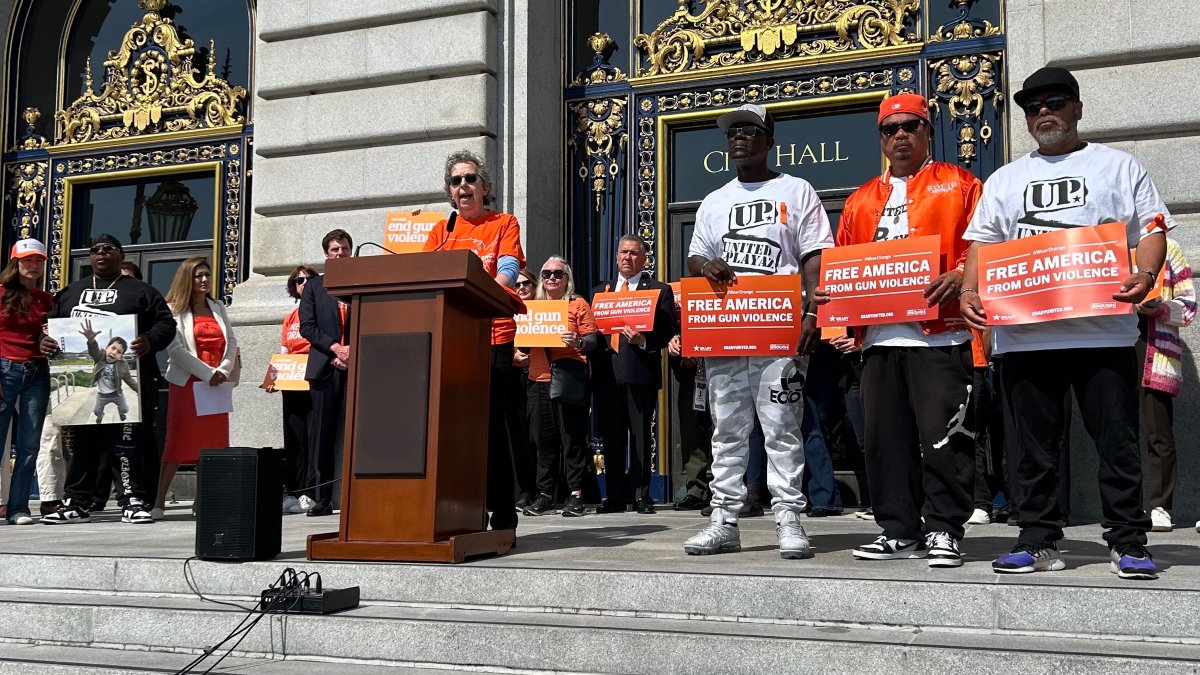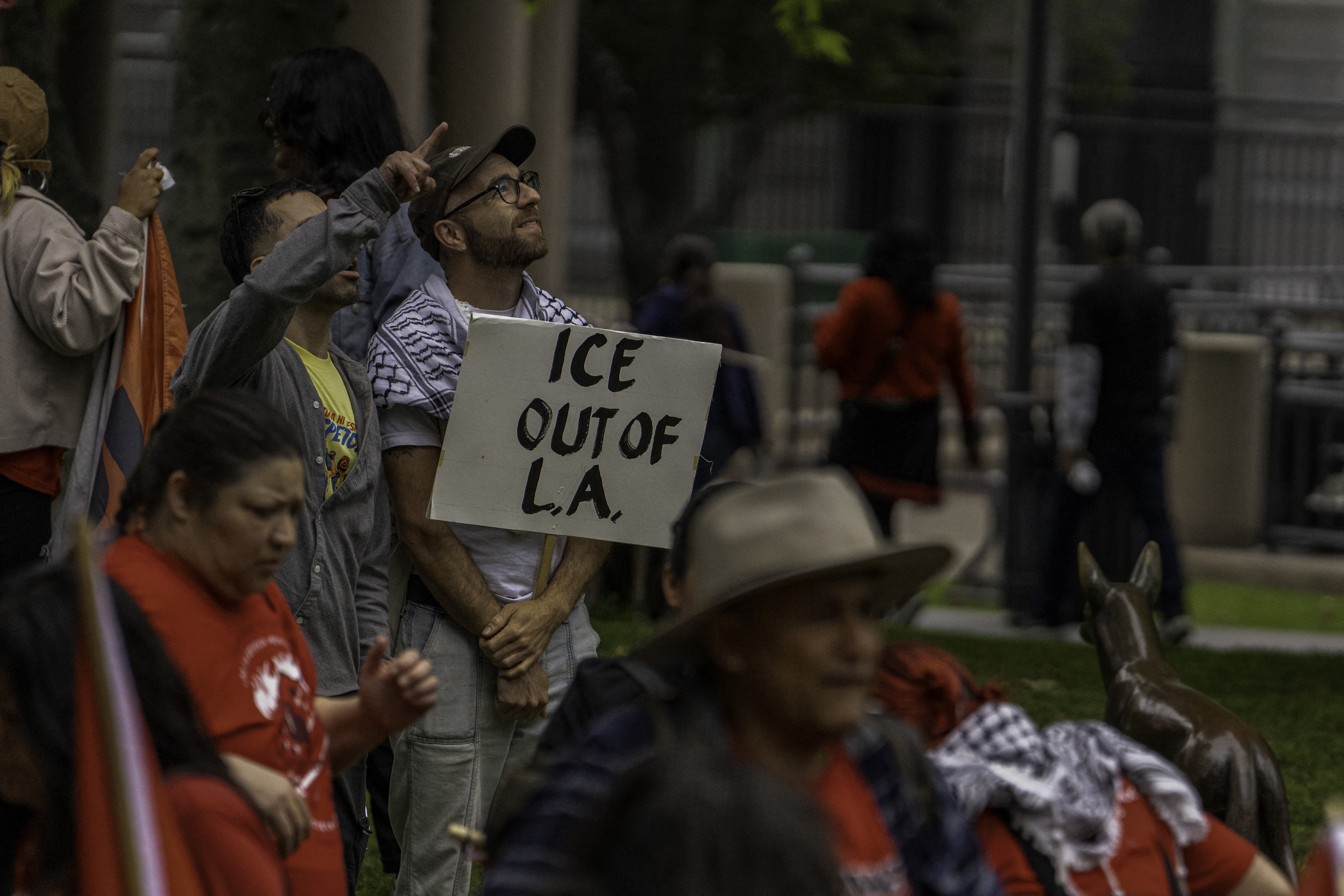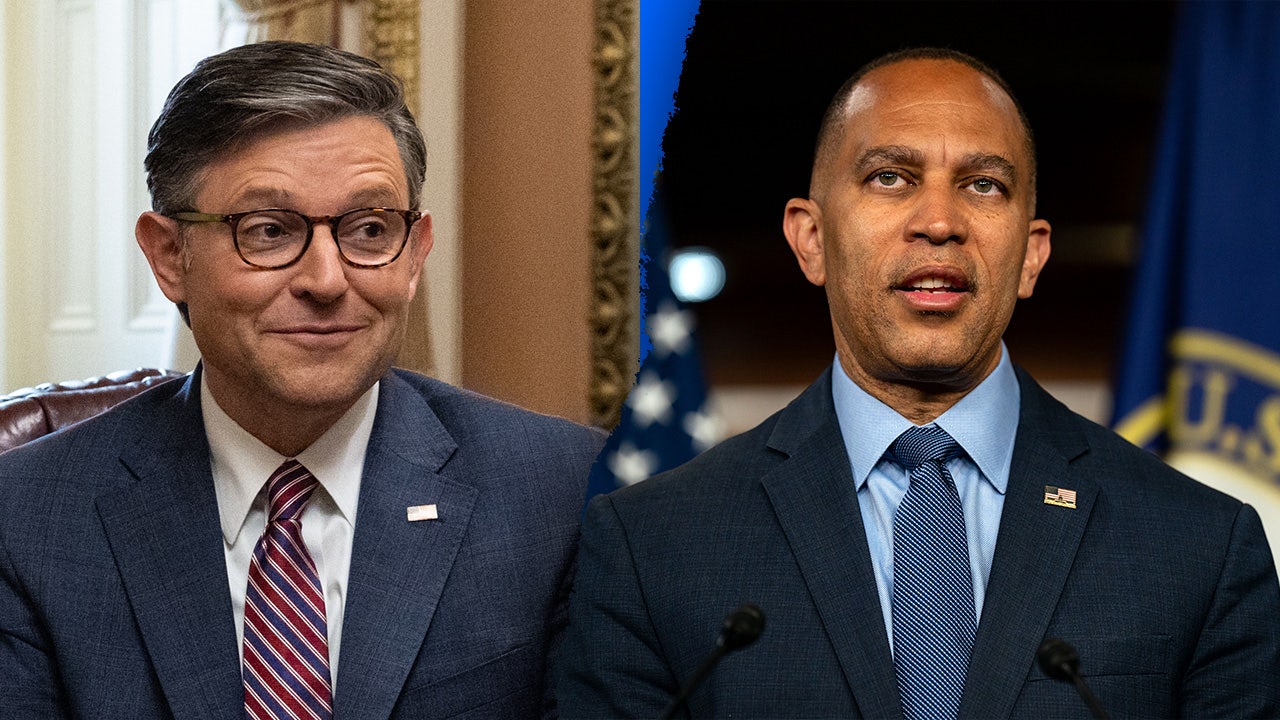World
Bomb survivors use Nobel Peace Prize win to share their anti-nuke message with younger generations
TOKYO (AP) — The recipient of this year’s Nobel Peace Prize is a fast-dwindling group of atomic bomb survivors who are facing down the shrinking time they have left to convey the firsthand horror they witnessed 79 years ago.
Nihon Hidankyo, the Japanese organization of survivors of the U.S. atomic bombings on Hiroshima and Nagasaki, was awarded for its decadeslong activism against nuclear weapons. The survivors, known as hibakusha, see the prize and the international attention as their last chance to get their message out to younger generations.
“We must seriously think about the succession of our messages. We must thoroughly hand over from our generation to the future generations,” Toshiyuki Mimaki, senior member of the Hiroshima branch of Hidankyo, told reporters Friday night.
“With the honor of the Nobel Peace Prize, we now have a responsibility to get our messages handed down not only in Japan but also across the world.”
The honor rewards members’ grassroots efforts to keep telling their stories — even though that involved recollecting horrendous ordeals during and after the bombings, and facing discrimination and worries about their health from the lasting radiation impact — for the sole purpose of never again let that happen.
Shigemitsu Tanaka, the chairman of Nagasaki Atomic bomb Survivors Council, cries during a press conference, in Nagasaki, western Japan, Friday, Oct. 11, 2024, after Nihon Hidankyo, or the Japan Confederation of A- and H-Bomb Sufferers Organizations, won the Nobel Peace Prize.(Kyodo News via AP)
Now, with their average age at 85.6, the hibakusha are increasingly frustrated that their fear of a growing nuclear threat and push to eliminate nuclear weapons are not fully understood by younger generations.
The number of prefectural hibakusha groups decreased from 47 to 36. And the Japanese government, under the U.S. nuclear umbrella for protection, has refused to sign the Treaty on the Prohibition of Nuclear Weapon.
But there is hope, and a youth movement seems to be starting, the Nobel committee noted.
Three high school students accompanied Mimaki at the city hall, stood by him as the prize winner was announced, and promised to keep their activism alive.
“I had goose bumps when I heard the announcement,” said a beaming Wakana Tsukuda. “I have felt discouraged by negative views about nuclear disarmament, but the Nobel Peace Prize made me renew my commitment to work toward abolishing nuclear weapons.”
Another high school student, Natsuki Kai, said, “I will keep up my effort so we can believe that nuclear disarmament is not a dream but a reality.”
In Nagasaki, another group of students celebrated Hidankyo’s win. Yuka Ohara, 17, thanked the survivors’ yearslong effort despite the difficulty. Ohara said she heard her grandparents, who survived the Nagasaki bombing, repeatedly tell her the importance of peace in daily life. “I want to learn more as I continue my activism.”
People visit the Atomic Bomb Museum in Nagasaki, southern Japan Saturday, Oct. 12, 2024, a day after the Nobel Peace Prize was awarded to Nihon Hidankyo, a Japanese organization of survivors of the U.S. atomic bombings of Hiroshima and Nagasaki, for its activism against nuclear weapons. (Kyodo News via AP)
In April, a group of people set up a network, Japan Campaign to Abolish Nuclear Weapons, connecting younger generations around the country to work with survivors and pursue their effort.
Efforts to document the survivors’ stories and voices have grown in recent years around Japan, including in Hiroshima, Nagasaki and Tokyo. In some places, young volunteers are working with hibakusha to succeed their personal story telling when they are gone.
The first U.S. atomic bombing killed 140,000 people in the city of Hiroshima. A second atomic attack on Nagasaki on Aug. 9, 1945, killed another 70,000. Japan surrendered on Aug. 15, bringing an end to its nearly half-century aggression in Asia.
Hidankyo was formed 11 years later in 1956. There was a growing anti-nuclear movement in Japan in response to U.S. hydrogen bomb tests in the Pacific that led to a series of radiation exposures by Japanese boats, adding to demands for government support for health problems.
As of March, 106,823 survivors — 6,824 fewer than a year ago, and nearly one-quarter of the total in the 1980s — were certified as eligible for government medical support, according to the Health and Welfare Ministry. Many others, including those who say they were victims of the radioactive “black rain” that fell outside the initially designated areas of Hiroshima and Nagasaki, are still without support.

World
Exclusive: China issues rare earth licenses to suppliers of top 3 US automakers, sources say

World
Israeli forces recover body of Thai hostage killed in Gaza by terror group
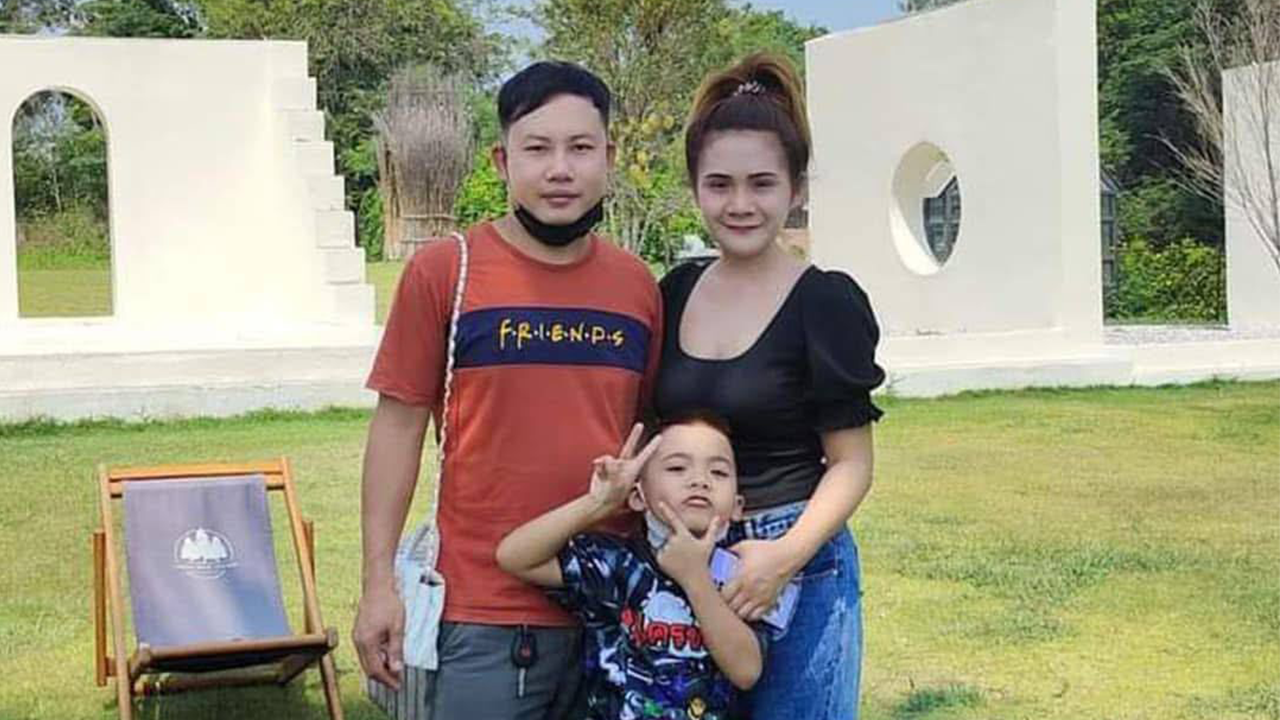
NEWYou can now listen to Fox News articles!
Israel’s military has recovered the body of a Thai man who was abducted from Kibbutz Nir Oz and killed in captivity by terror group Kataeb al-Mujahideen shortly after the Israel-Hamas war began on Oct. 7, 2023.
Natthapong Pinta’s body was brought back to Israel after an operation by the Israeli Defense Forces and Israeli Security Agency, the military said on Saturday.
“Yesterday (Friday), in a joint IDF and ISA operation, the body of Nattapong Pinta, a Thai national, was recovered from the Rafah area in the Gaza Strip,” the IDF and ISA said in a joint statement.
His family in Thailand was notified by the Thai Embassy and by Brig. Gen. (Res.) Gal Hirsch, who serves as the coordinator for Captives and Missing Persons in the Israeli prime minister’s office.
ISRAEL RECOVERS BODIES OF 2 HOSTAGES FROM GAZA STRIP: ‘MAY THEIR MEMORY BE BLESSED’
The body of Natthapong Pinta, a Thai national who was killed in captivity in Gaza, has been recovered by Israeli forces. (IDF)
Natthapong had come to Israel to work in agriculture, according to Israel’s Defense Minister Israel Katz.
“I send my deepest condolences to his wife, young son, and family, and I thank our heroic soldiers who, time and again, operate under fire to bring back all the hostages, out of a profound moral commitment,” Katz said in a statement.
“We will not rest until all the hostages — both the living and the fallen — are returned to Israel,” he continued.
7 KEY TAKEAWAYS FROM THE ISRAELI MILITARY’S REPORT ON WHAT HAPPENED ON OCT. 7
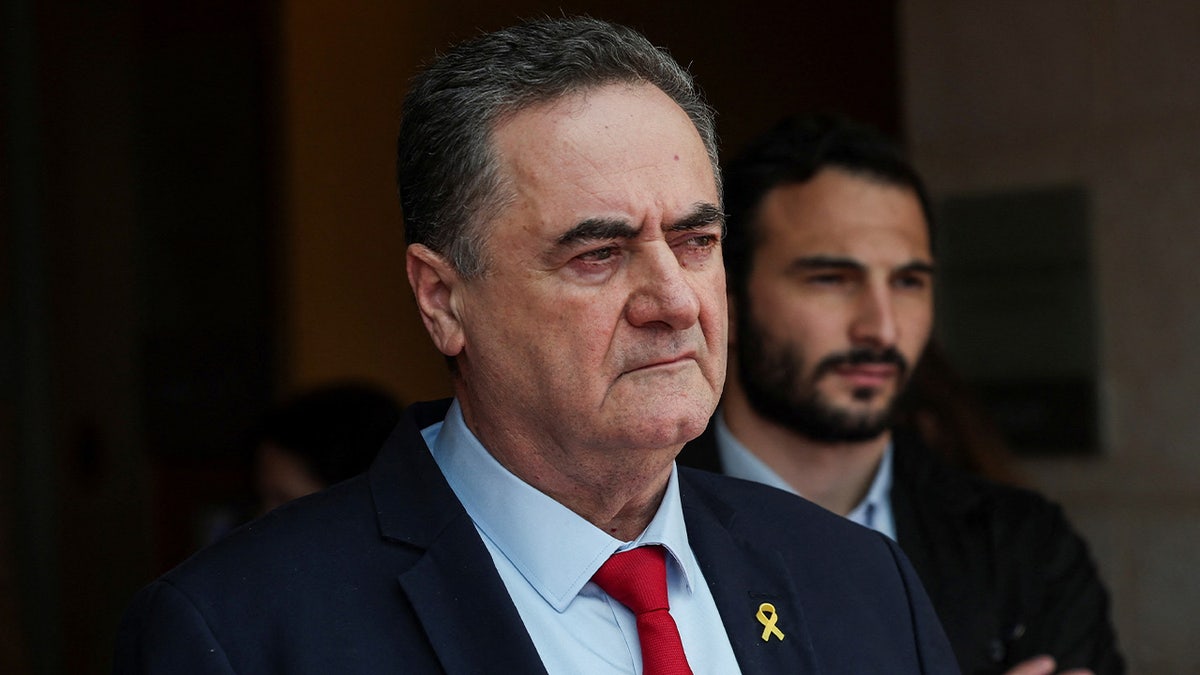
Israeli Defense Minister Israel Katz offered his condolences to the family of Natthapong Pinta. (REUTERS/Ronen Zvulun)
The Hostages and Missing Families Forum said in a news release that “the recovery of Nattapong Pinta represents the fulfillment of a basic moral and human obligation, allowing his family the closure they desperately need.”
In a statement, the Hostage Families Forum said: “We stand with Nattapong’s family today and share in their grief.”
“While the pain is immense, his family will finally have certainty after 20 terrible and agonizing months of devastating uncertainty,” the statement continued. “Every family deserves such certainty to begin their personal healing journey.”
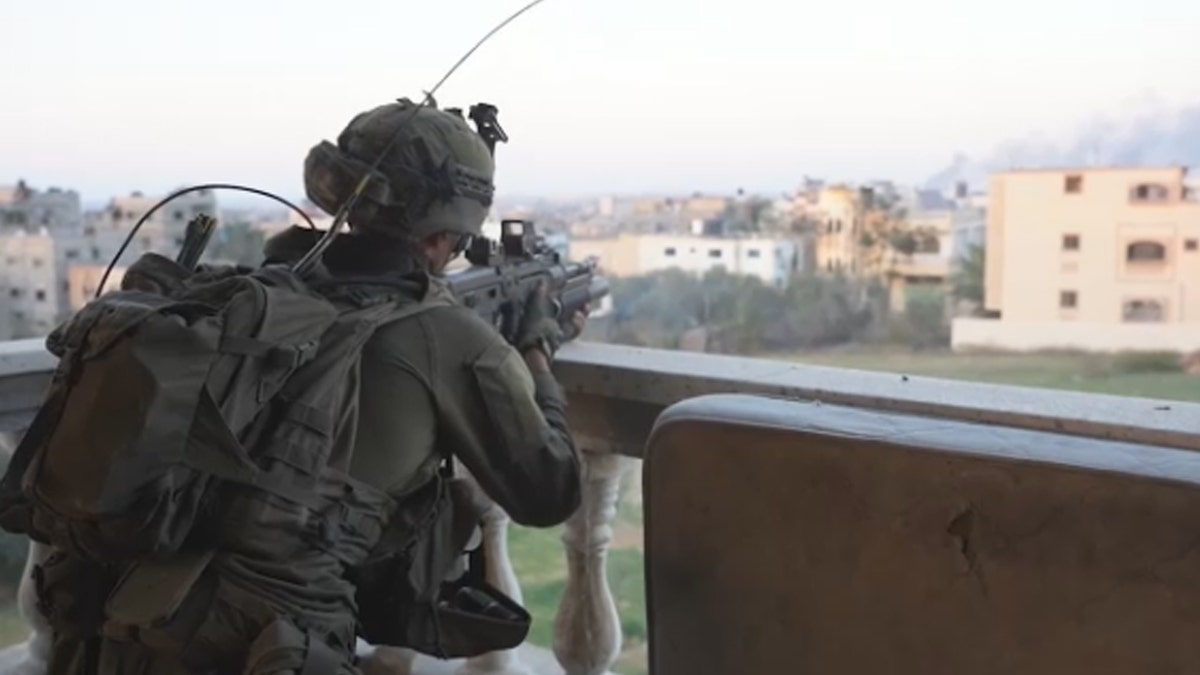
Natthapong Pinta’s body was returned to Israel after an operation by the Israeli Defense Forces and Israeli Security Agency. (FNC IDF)
Fifty-five hostages remain in Gaza – 33 of whom are confirmed dead, but at least 20 are alive. There is grave concern for the lives of two hostages.
Fox News’ Yael Rotem-Kuriel contributed to this report.
World
Ukraine: Kharkiv hit by massive Russian aerial attack
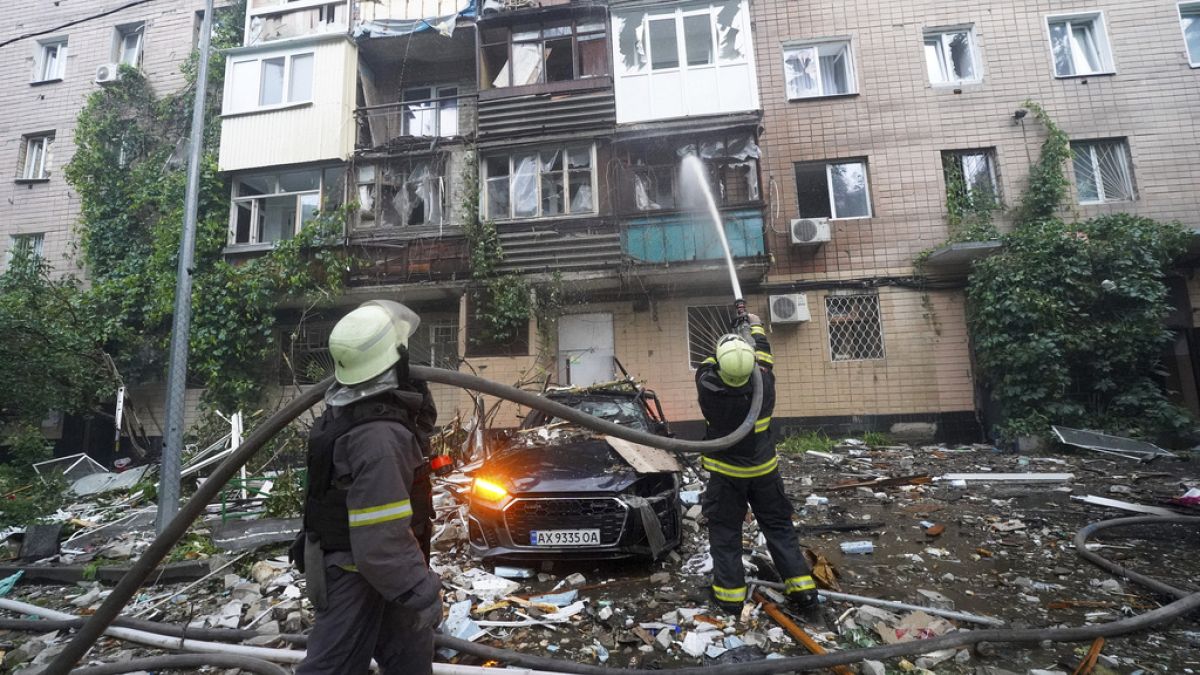
Published on •Updated
A large Russian attack with drones and missiles has hit Ukraine’s eastern city of Kharkiv on Saturday, killing at least three people and injuring 21, local officials said. The barrage — the latest in near daily widescale attacks — included aerial glide bombs that have become part of a fierce Russian onslaught in the three-year-war .
The intensity of the Russian attacks on Ukraine over the past weeks has further dampened hopes that the warring sides could reach a peace deal anytime soon — especially after Kyiv recently embarrassed the Kremlin with a surprise drone attack on military air bases deep inside Russia.
According to Ukraine’s Air Force, Russia struck with 215 missiles and drones overnight, and Ukrainian air defenses shot down and neutralised 87 drones and seven missiles.
Several other areas in Ukraine were also hit, including the regions of Donetsk, Dnipropetrovsk, Odesa, and the city of Ternopil, Ukrainian Foreign Minister Andrii Sybiha said in a post on X.
“To put an end to Russia’s killing and destruction, more pressure on Moscow is required, as are more steps to strengthen Ukraine,” he said.
Kharkiv’s mayor Ihor Terekhov said the attack also damaged 18 apartment buildings and 13 private homes. Terekhov said it was “the most powerful attack” on the city since the full-scale invasion in 2022.
Kharkiv’s regional governor Oleh Syniehubov said two districts in the city were struck with three missiles, five aerial glide bombs and 48 drones. Among the injured were two children, a month and a half year old baby boy and a 14-year old girl, he added.
The attack on Kharkiv comes one day after Russia launched one of the fiercest missile and drone barrages on Ukraine, striking six Ukrainian territories and killing at least killing at least six people and injuring about 80. Among the dead were three emergency responders in Kyiv, one person in Lutsk and two people in Chernihiv.
Meanwhile, the Ukrainian Air Force said it shot down a Russian Su-35 fighter jet on the Kursk front inside Russia, the Ukrainian daily Ukrainskaia Pravda reported. No more details were given immediately.
U.S. President Donald Trump said this week that his Russian counterpart, Vladimir Putin, told him Moscow would respond to Ukraine’s attack on Russian military airfields last Sunday with “Operation Spiderweb”
In a new statement bound to cause offense in Kyiv and amongst its allies, Trump told journalists on board Air Force One on Friday evening local time when asked about “Operation Spiderweb”:
“They gave Putin a reason to go in and bomb the hell out of them last night. That’s the thing I didn’t like about it. When I saw it I said ‘Here we go, now it’s going to be a strike’.”
-

 News1 week ago
News1 week agoVideo: Faizan Zaki Wins Spelling Bee
-

 News1 week ago
News1 week agoVideo: Harvard Commencement Speaker Congratulates and Thanks Graduates
-

 Politics1 week ago
Politics1 week agoMichelle Obama facing backlash over claim about women's reproductive health
-

 Technology1 week ago
Technology1 week agoAI could consume more power than Bitcoin by the end of 2025
-

 News1 week ago
News1 week agoPresident Trump pardons rapper NBA YoungBoy in flurry of clemency actions
-

 Technology1 week ago
Technology1 week agoSEC drops Binance lawsuit in yet another gift to crypto
-

 Technology1 week ago
Technology1 week agoOpenAI wants ChatGPT to be a ‘super assistant’ for every part of your life
-

 World1 week ago
World1 week agoTwo killed in Russian attacks on Ukraine before possible talks in Turkiye





